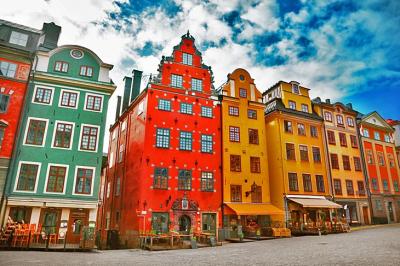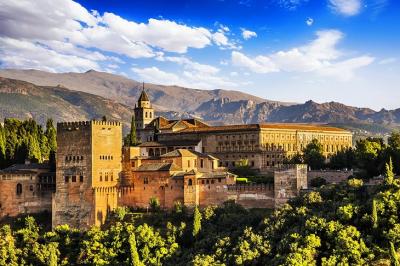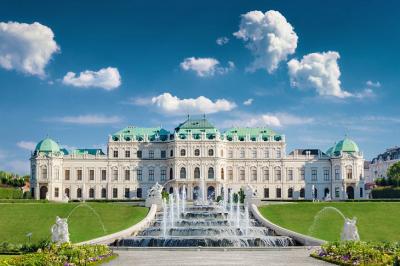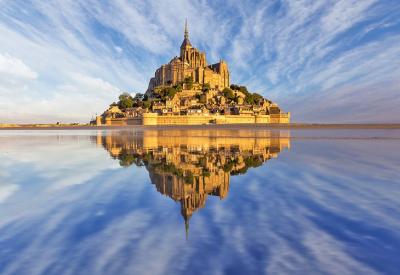Welcome to Nepal
Nepal has always been attractive to visitors seeking a spiritual retreat of sorts, but with its combination of tradition and progression, visitors are presented with the ideal tolerance in which to be exposed to other thought systems and perhaps even challenge their own assumptions.
Over the last 25 years, a number of yoga and meditation centres have been opened up across the country to accommodate the interests of both locals and foreigners who are particularly attracted to the combination of Tibetan and ayurvedic medicine. If you’re interested in a residential course, be sure to book well in advance, but most courses do not require long-term commitments.
Yoga
Although many people may view yoga as just a form of exercise, the combination of self-discipline (mental, physical and spiritual) required in this system that is designed to unite participants’ consciousness and the universe. There are a number of different techniques; among them are Karma yoga, which is basic altruism, Bhakti yoga, which combines devotion through chanting, and Jnana yoga, which is a deep meditative form that requires a high mastery of other forms of yoga.
The form of yoga with which most westerners are familiar is derived from Raja yoga and dates back to around 600 BC. This form consists of eight astanga of which is a step closer to realization. Of the eight, three are emphasized physically, which is why yoga is now mostly associated with headstands and awkward poses. Despite the variations of hatha yoga – such as Bikram, Kundalini and Ashtanga – they all use positions (known as asanas) as a way in which to develop oneself.
The breathing exercises, known as Pranayam, are included in most of these practices. There are many kinds to be found in Nepal. Among these are the Sivanand school, which is a slower style that includes much spiritual guidance and uses many asanas, Iyengar and places its focus on alignment, uses props and other practices led by various Indian gurus who usually make use of components of Raja, Bhakti and Karma yoga.
Buddhist Meditation and Study
Closely linked to yoga, there is a fair amount of overlap between yoga and meditation with the former involving much of the latter; Buddhist meditation often takes from the yogic practices of the Hindu, but Nepalese meditation centres typically follow the tradition of the Tibetan Buddhists.
Buddhist meditation is a mental science because the mind, for the Buddhists, is the cause of man’s ego and all confusion; meditation aims to transcend such ego and confusion. Insight, known as Vipassana in Buddhist meditation, is the central and shared aspect of all Buddhist meditation. It is connected to hatha yoga but emphasizes achieving mental clarity and understanding through the miniscular observations of physicality and mental processes. Shamatha, which is both calming and abiding, is also a basic practice that is used in most schools of Buddhism; it is often used in the tough residential courses that are run by numerous centres in the Kathmandu Valley as it is a means of sharpening one’s mind through its practice of returning repeatedly to the discipline of meditation.
In Tibetan Buddhist centres, students begin their meditation studies with vipassana and shamatha, which lay the foundations for their meditative practices. Novice meditation practitioners, known as adepts, use visualization techniques to develop qualities like Buddha; to do this, they focus their mediation on the deity that embodies their desired quality while simultaneously chanting the mantra and emulating the hand gesture (mudra) with which the deity is associated. Rituals like circumambulation, offerings, prayers, etc. are also part of Tibetan Buddhism and dedicated followers of this path typically take vows. The teacher-disciple relationship is one of significant importance in Tibetan Buddhism. Introductory courses in this method are offered by a number of centres in Kathmandu.
The oldest medicinal school still in practice is Ayurveda – a holistic approach in which self and nature are assumed to be the same fundamentally. Where western medicine aims to identify the cause of a symptom in order to destroy it, Ayurveda treats patients as a whole in which one treats the imbalance that causes a disease rather than just the disease. In order to make such a diagnosis, ayurvedic doctors examine the patient’s familial, habitual, and emotional background as well as the physical manifestation of the symptom. Most treatments involve the use of cheap herb-based remedies that aim to re-align the force, of the three, that is imbalanced. Yogic cleansing is sometimes also prescribed as it helps to remove waste from the body. Ayurvedic doctors and clinics are easily found throughout Hindu Nepal, but it’s the ones in Kathmandu that mostly treat foreign patients.
Tibetan Medicine
Tibetan Buddhist monks have traditionally studied medicine and one that derives from Ayurveda. As a result, Tibetan medicine focuses on maintaining the balance of the three humours in order to promote good health. When imbalanced, beken (phlegm) affects one’s upper body while tiba (heat or bile) is largely responsible for intestinal diseases; the third humour, lung (wind), can result in depression or anxiety.
Massage and Therapies
Nepali massage is a practice that focuses on the joints of the person and provides deep tissue relief, which means that it’s less relaxing than other types of massages, but certainly effective after a trekking expedition in the Himalayas. Most masseuses are also able to do other forms of massage such as Swedish, Thai or shiatsu as well as practices like reflexology. Like other parts of Asia, there are also some massage parlours – especially in Thamel – that offer additional sexual services; these are usually the places that have a dodgy look or feel to them.



.jpg)

.jpg)

